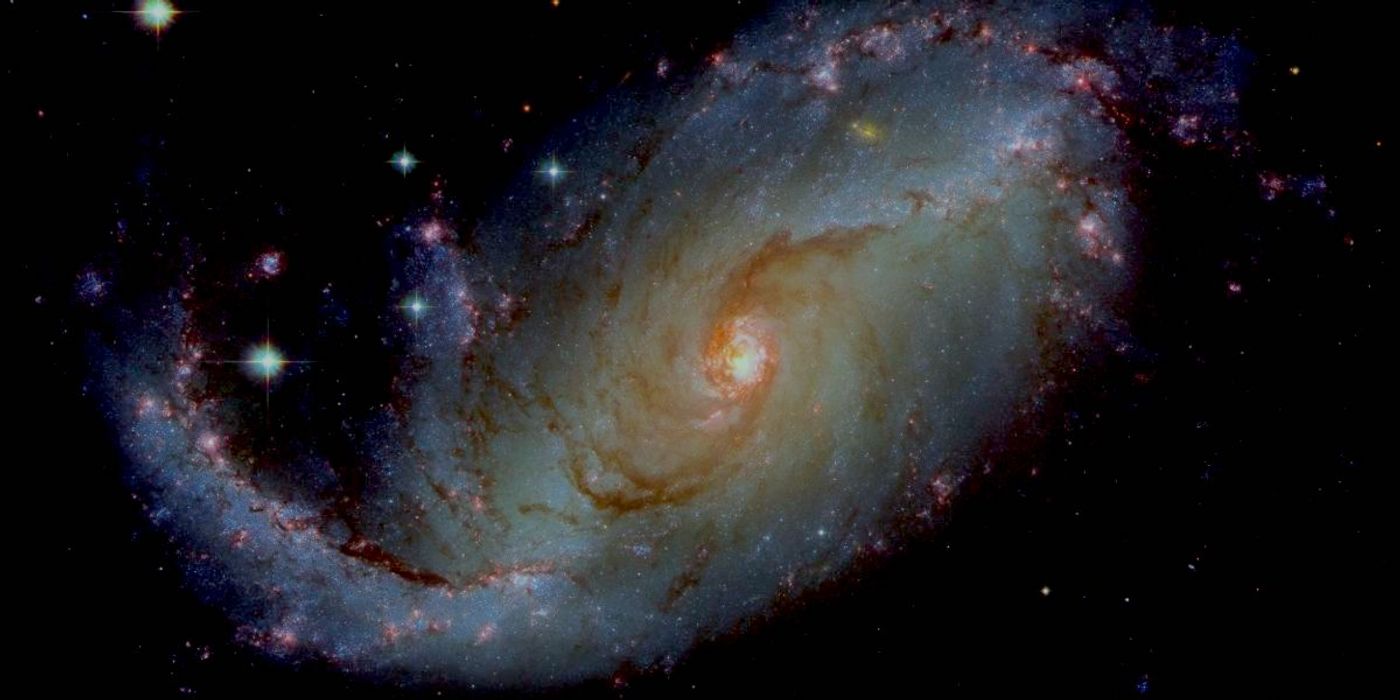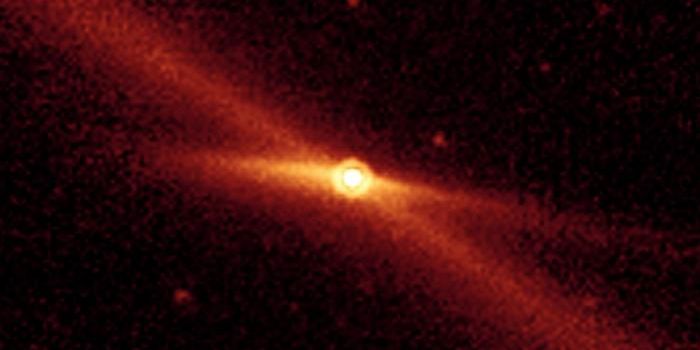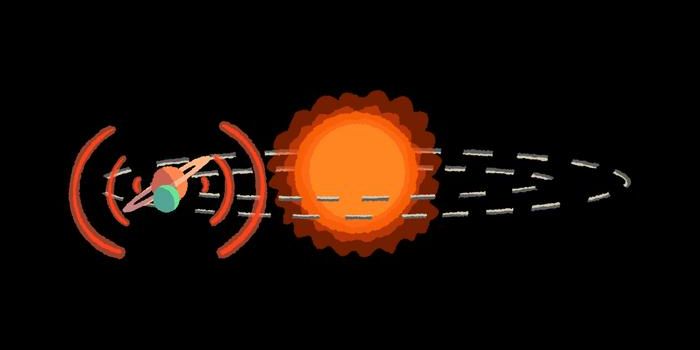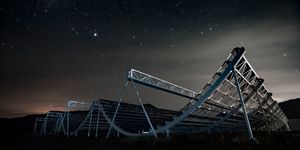Did Scientists Just Discover the Smallest Black Hole Known to Man?
An array of antennas in the US and Italy, known as the International LIGO-Virgo Collaboration, received some unusual readings in August last year. Scientists are now debating whether the readings indicate the smallest black hole known to man or the heaviest neutron star.
On August 14th, 2019, scientists received readings of a gravitational wave that indicated an unusual collision between two seemingly mismatched objects. While the larger one was indisputably a black hole, at around 23 times the mass of the sun, the other object was unknown, at 2.6 times the mass of the sun.
While black holes less than five times the mass of the sun have never been detected, researchers assume that neutron stars can not exceed 2.5 times the solar mass. Objects between 2.5 and 5 times the mass of the sun thus perplex scientists, as they have never been detected before.
Black holes are thought to form when any amount of mass is compressed tightly enough to collapse into a singularity. While black holes could, in theory, be lighter than the mass of five suns, until now, no examples have been found.
Meanwhile, aside from black holes, neutron stars are the densest known celestial objects. Like black holes, they are also left after older stars' supernova explosions. Until now, however, the largest neutron star detected was just 2.14 times the sun's mass.
While preliminary explanations say that dense, active cores of hot galaxies may be able to generate lopsided pairs of celestial objects, scientists say that it is difficult to be sure about what was observed.
"What we know for sure and so far is that the universe is firmly telling us that we are still missing most of the story on the formation and evolution of compact objects," says Mario Spera, a Virgo researcher based Northwestern University.
Sources: Live Science, Engadget, Space









